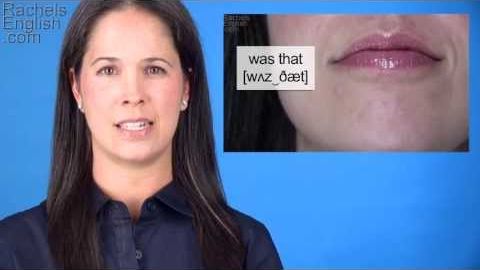子音と子音をリンクさせる -- アメリカ英語の発音 (Linking Consonant to Consonant -- American English Pronunciation)
Hangrui Liu が 2021 年 01 月 14 日 に投稿  この条件に一致する単語はありません
この条件に一致する単語はありませんUS /ˈpræktɪs/
・
UK /'præktɪs/
- n.仕事;練習すること;慣習
- v.t./i.開業;従う;練習する;実践する
- adj.噛みにくい;骨の折れる : つらい : きつい;厳しい;(物が)丈夫な : 頑丈な;強い;話しづらい;暴力的な
- n.タフな人
- v.t.鍛える
- v.t./i.耐え抜く
- v.t./i.空中で回転する;素早く(さっと)動く;スイッチの切り替えをする;ひっくり返す;転売する
- n.回転;動かすこと;フリップ
- adj.軽薄な
- n.(靴の)舌革;舌;言語;舌;言葉使い;話し方
- v.t.声を出す;舌で触る
エネルギーを使用
すべての単語を解除
発音・解説・フィルター機能を解除

